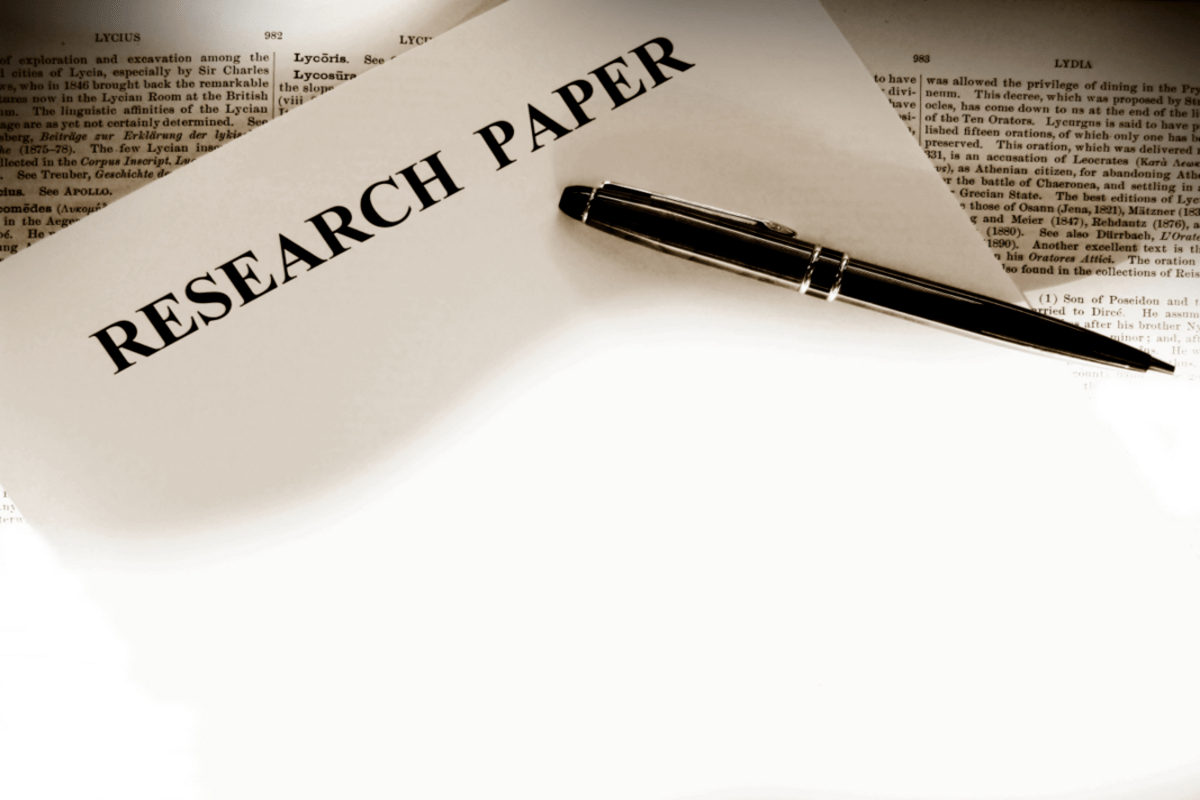If you look at the several medical dissertations published across the world, you find that they are not of the same quality. Some of them are poor in terms of quality because of no transparency of results, no explanation of details, unclarity of conclusive remarks, and poor structure of information.
The authors or the institutes who publish such dissertations can perform a quality research and write a quality medical dissertation. However, they are not aware of the factors that make a quality dissertation. Carrying out research doesn’t make a quality dissertation. You have to document the entire work in a proper and presentable format.
Before we proceed to the tips of writing a quality dissertation, let’s see the features of a quality dissertation.
A quality dissertation has:
- A clear aim of the study
- Clear statements about the research gap (s) filled by the current study
- A full explanation of the research methods
- Description of the statistical tools applied in the study
- Details about the data collected
- Detailed analysis of the data
- A relationship between the results and the existing body of knowledge
- The relevance of results is clear to the readers
- A statement about the implication of the study
- Consideration of the academic and real-world scenario
With these features in mind, here are the quick tips to write a quality medical dissertation.
1) Title
Write the title of your dissertation in upper/lower case and within 65 characters. Choose the title that reflects the content of your dissertation. In simple words, the readers must come to know what they will read about in your dissertation from the title itself. Don’t leave them guessing.
2) Abstract
Keep in mind the objective of your study i.e. why you undertook this study to write the abstract. Keep your abstract short, within 250-350 words and use double line spacing.
3) Introduction
In this section, introduce the readers to the background of the problem, what are the gaps in previous research work, and how you intend to solve the problem with your study. This will clearly define the purpose of your study. Also, define the scientific terms you use in your text in the introduction.
4) Literature review
Here, acknowledge the research projects you have used as a reference source for your study.
5) Methods
This section focuses on what resources you used in the study, how you collected the resources, and how you used them to derive your results. For writing a quality dissertation, keep your focus on the research questions, and give details about the experiment settings, participants, data collection, and data analysis processes.
6) Results/Findings
Restate your research question (s) and discuss your findings in detail. Keep in mind that the results must answer the questions you intended at the beginning of your study.
7) Conclusions
In the final chapter, summarize your study and its key findings. Remember to explain how your findings will make a difference in the academic community and how to imply them in practice.
Also, include a “Recommendations for future research” section at the end. Here you can propose future research to clarify the issues of your study further. Explain why you suggest this research and what form it should take.
8) Bibliography
Cite all the references you used for your research and writing your dissertation.
Writing a quality dissertation not only requires a competent research, but also time management to focus on the writing process and complete each section one-by-one.
So, stay away from the distractions, make your own timetable, follow this dissertation guideline, and write a quality dissertation.
Get an expert help for quality medical dissertation writing ping us!





